How to Be a Mentor
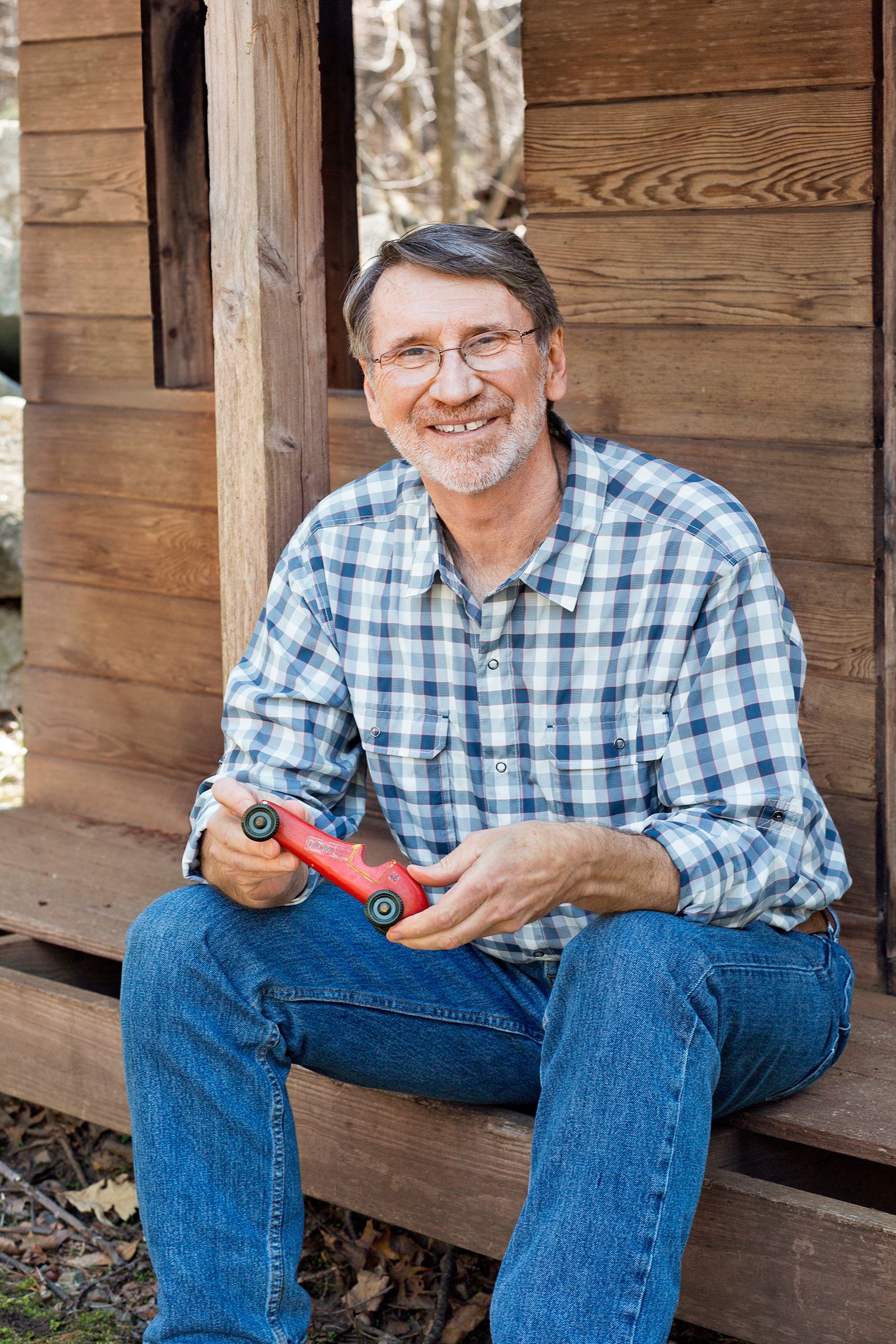
By Norm Abram
circa 1959, Milford, MA
For the Pinewood Derby, I must have been 10. You got a kit, and if I recall there was a block of wood and separate pieces for the cockpit and the axles. There was a set of rules and you were free to create whatever shape you wanted within them.
I was lucky because my father was a carpenter, and we had the tools. We drew lines on the block and I started removing material. For the nose, I probably used a chisel or drilled it out a little bit first. My father would say, “You might want to think about doing this, or hold the tool this way.” But he was not the type of person who would do it for me—he would guide me.
Norm’s Racer
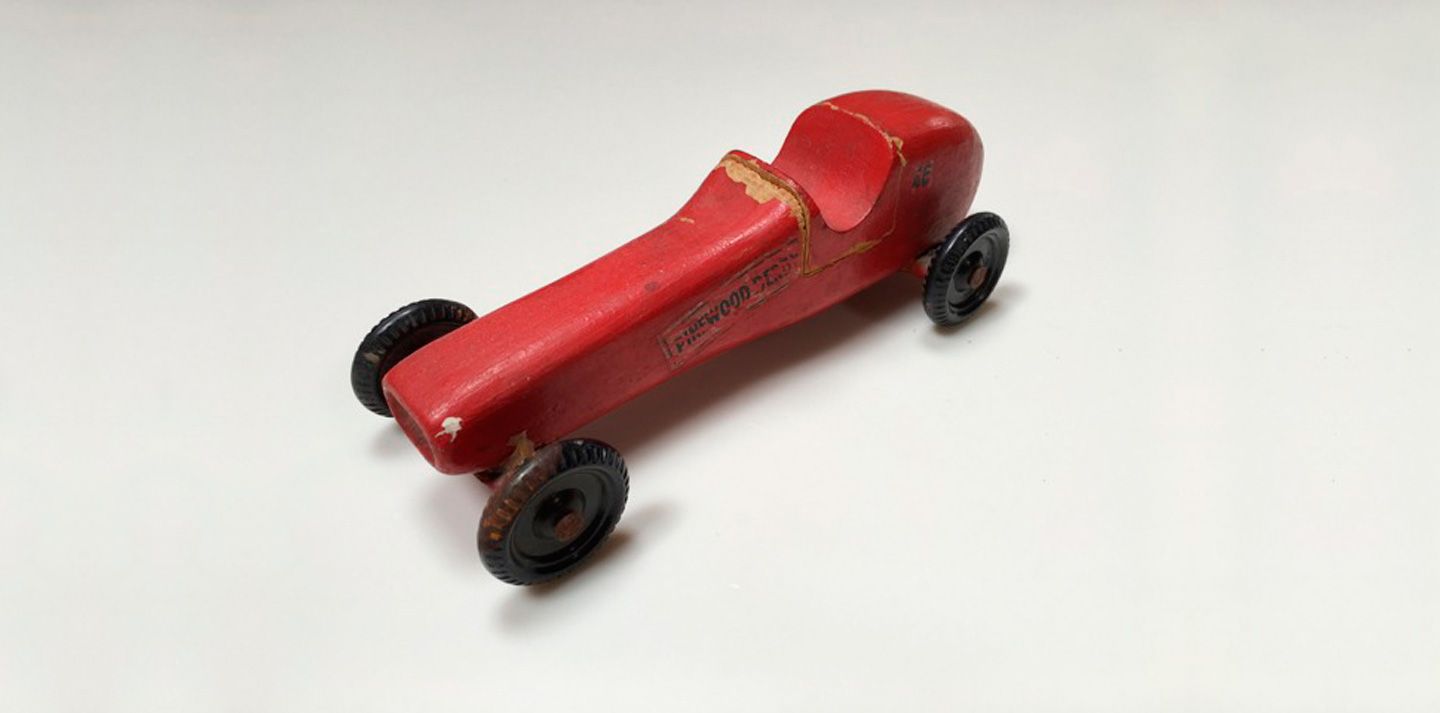
When he passed away in 1995, the house was too much for my mother, so I moved her into a condo. We went through a lot of stuff. That’s when I came across it. I’m almost positive I didn’t win the race, but I made a cool car.
This Old House master carpenter Norm Abram, at his wife’s insistence, keeps his Cub Scout carving on display in their house. The derby kits from the 1950s came with a cutout representing the open cockpits of the Grand Prix race cars of the day.
How to Push the Limits
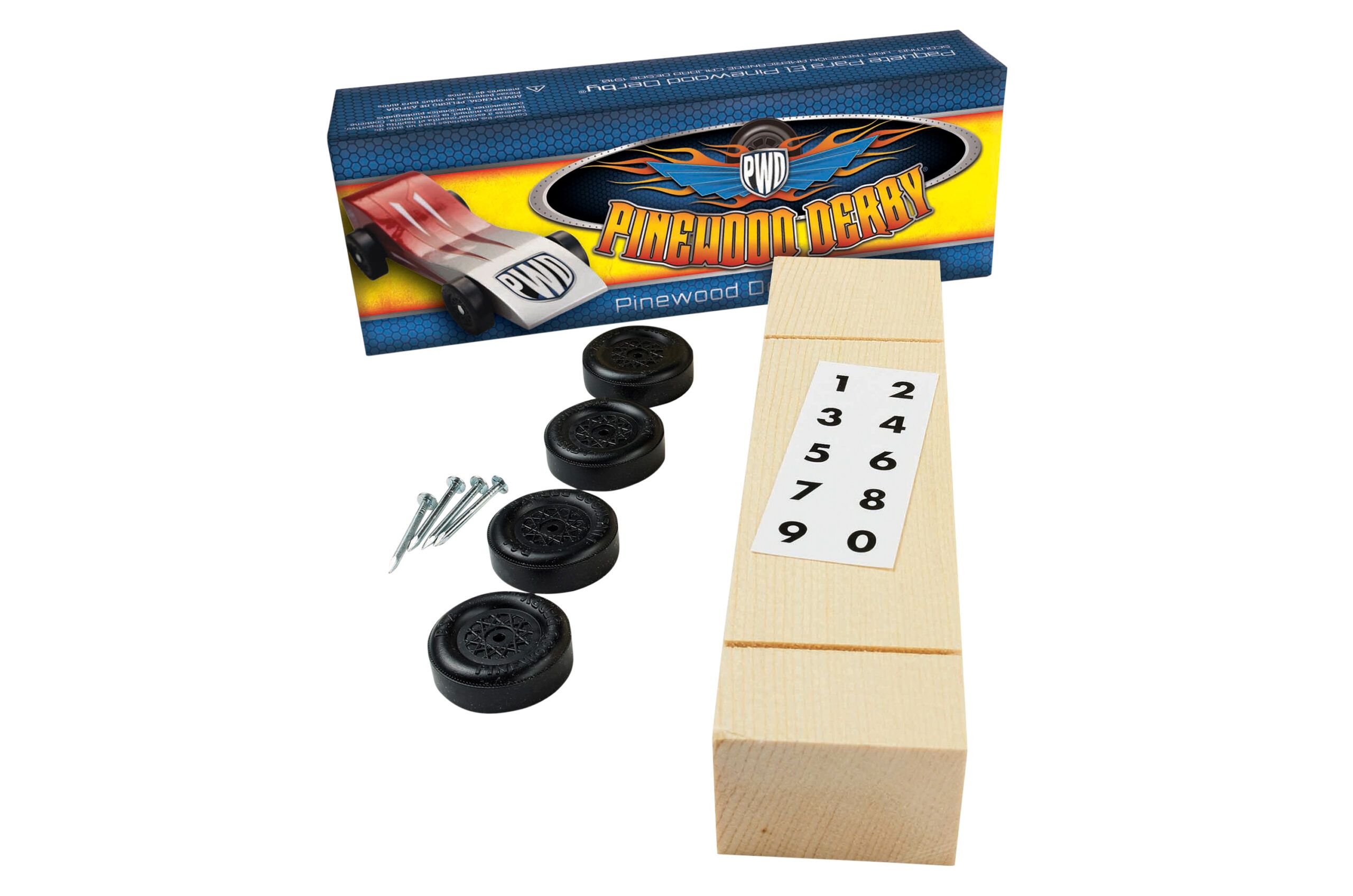
By Josh Quittner
1965, Reading, PA
One winter morning in 1965, late for third grade, I bounded out of bed and impaled my foot on a nail from an unbuilt Pinewood Derby kit.
The day before, I’d gotten the kit from my Cub Scout pack containing the 11 parts I’d need to build the car for the upcoming race. Inside was a block of pine, which needed to be carved into a race-car body; four plastic wheels; and the four nails and two pine struts they’d fit into as a primitive axle assembly. That night, I’d gotten as far as pushing the nails through the wheels before losing interest and going to sleep. I had cleverly spread them around the floor next to my bed like giant thumbtacks. Hence my impalement.
My dad helped me get the nail out of my foot, and patched my wound. Later that day, after he got home from work, he took me down to his shop.
My father was a regular Leonardo da Vinci—he was the guy in the neighborhood who could fix anything. Every week, housewives brought him antique chairs with loose finials, tricky epoxy problems, chipped china. A chemical engineer and lawyer by training, he owned a factory that made fireplace tools, which he designed. His basement shop contained an enormous woodworking area, a foundry, and a laboratory in which we would, a few years later, almost kill ourselves when we accidentally made cyanide gas (ninth-grade science project gone horribly awry).
Shown: the Pinewood Derby kit costs about $4, but these days the basic ingredients are not always enough. An entire cottage industry of aftermarket parts has sprung up around creating souped-up cars.
1967 Cub Scout Ad
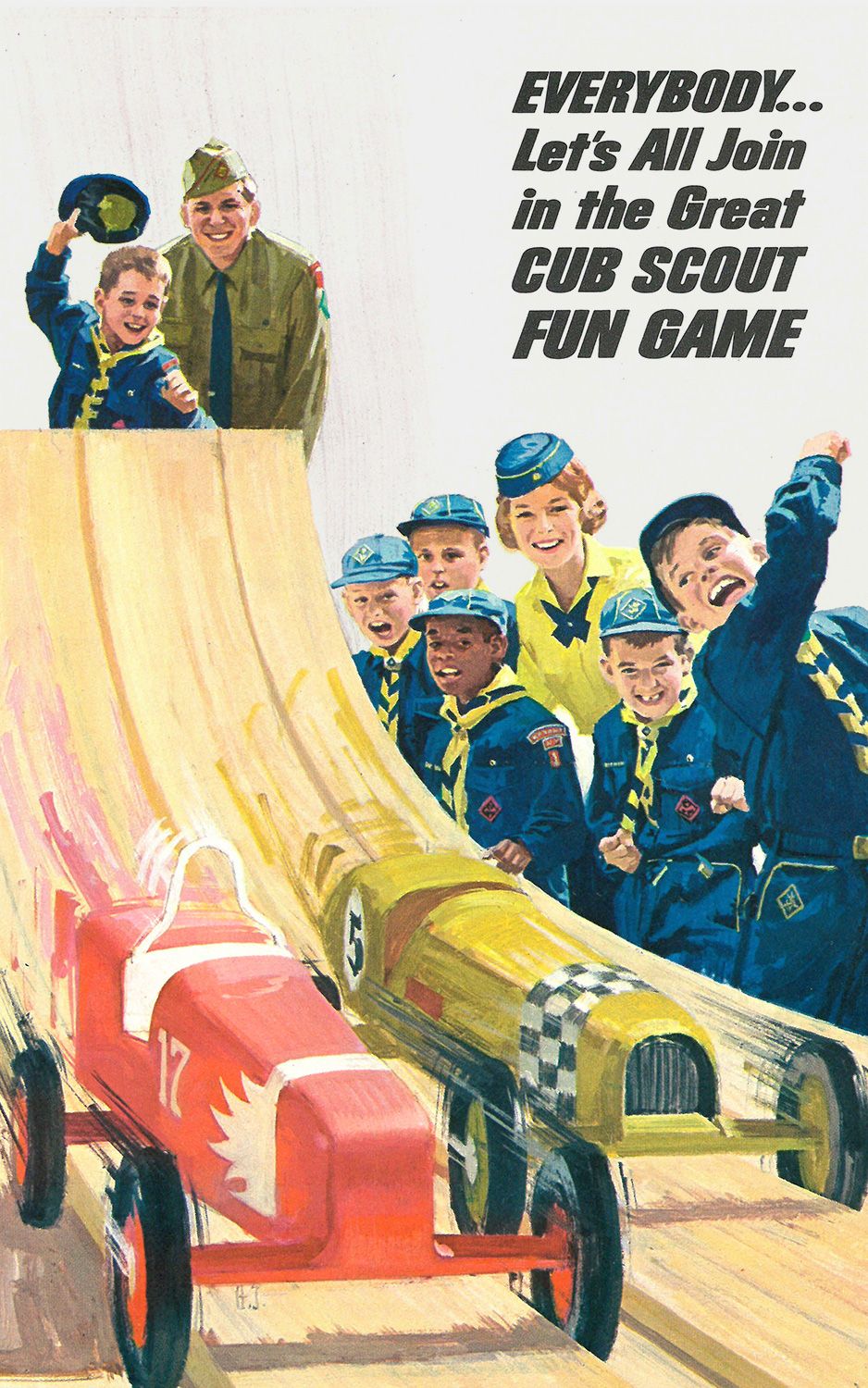
My dad examined the slightly bloodied Derby parts and the rules, while producing a slight hiss between his teeth—his “thinking sound.” He sketched out a shape on the wood block, and brought a belt sander to bear on it, turning the rectilinear blank canvas into—well, to me it looked curvy like a naked woman. Of course, I was 8 and at the time almost everything looked like a naked lady to me. Regardless, the shape was sleek and aerodynamic as a razor. Next, he had me paint it gold—two coats, which seemed cruel. After it dried, we fixed the axles to the body and pinned on the plastic wheels. My dad weighed the car in his lab.
We were way under the 5-ounce weight limit. Physics, he explained, dictated that weight, along with aerodynamics, was our friend. So he, hissing contentedly as a cobra, drilled an inch-wide hole in the car’s underside. Then he smelted a slug of lead in his foundry and poured it into the hole, where it hardened into an aortic blue: The car weighed 5 ounces, on the button.
The following week, we dominated at the derby. Well, almost—we finished second. I think the winner’s dad used graphite on his axles. Cheater.
Shown: An ad from the 1967 Cub Scout catalog depicts the thrill of the event.
How to Get Things Straight
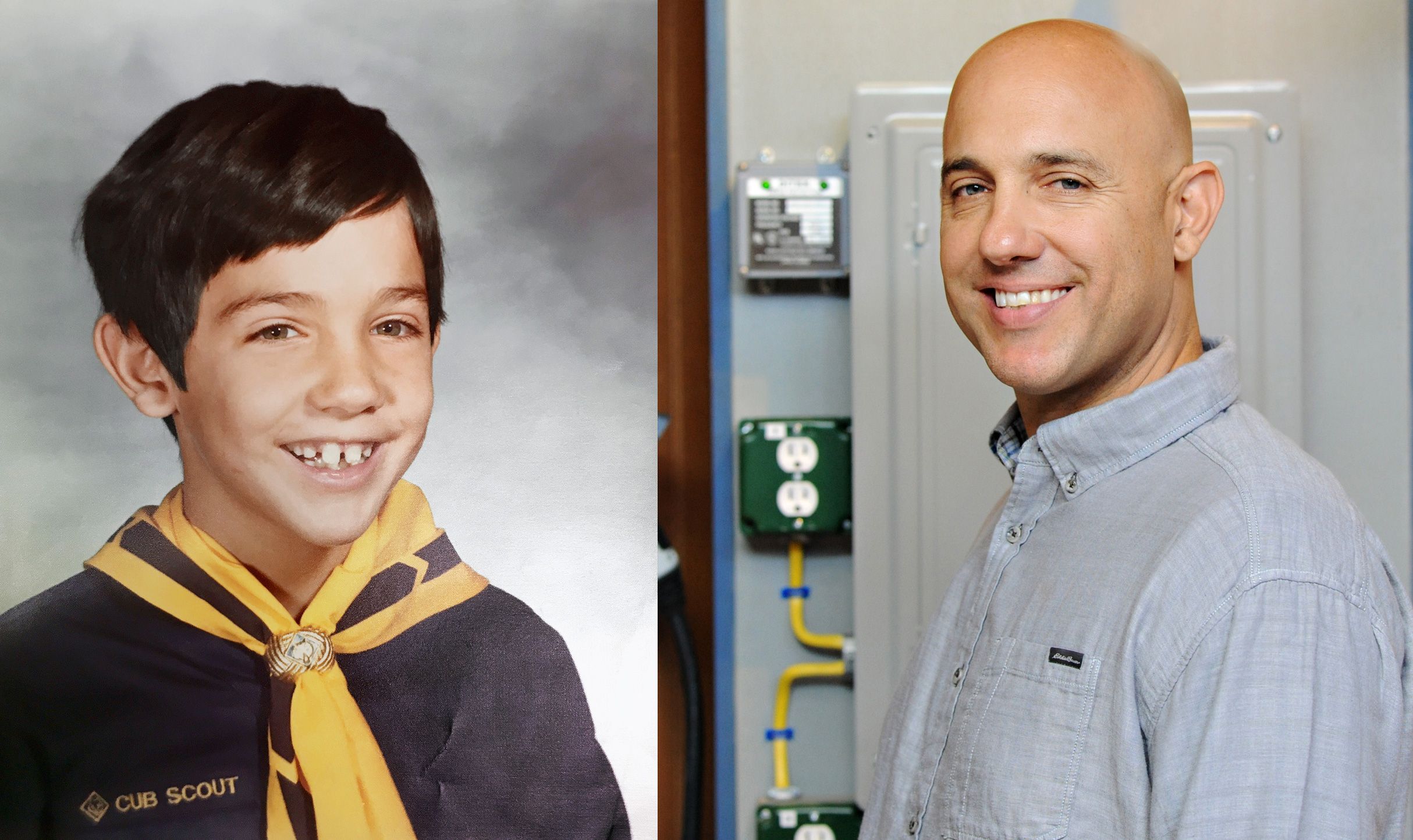
By Scott Caron
1977, Arlington, MA
My dad had a workshop in the corner of the basement, and I remember going down there with him. We were dealing with these plastic wheels and basically finish nails for the axles. He told me, “Let’s polish these up, get rid of all the burrs.” Ironically, one of the big lessons I learned was how to hammer a nail. He gave me a box of nails and a Sears Craftsman finish hammer and said, “You’re gonna nail these in straight.” I did that for a long time. He would show me something and then I would do it.
The hours that we spent making sure those wheels spun absolutely beautifully! Not to brag, but I think I got second place.
Shown: Scott Caron, master electrician for Ask This Old House, joined the Scouts on the example of an older boy down the street who was an Eagle Scout and “could do all these amazing things” with his hands.
When to Play it Safe
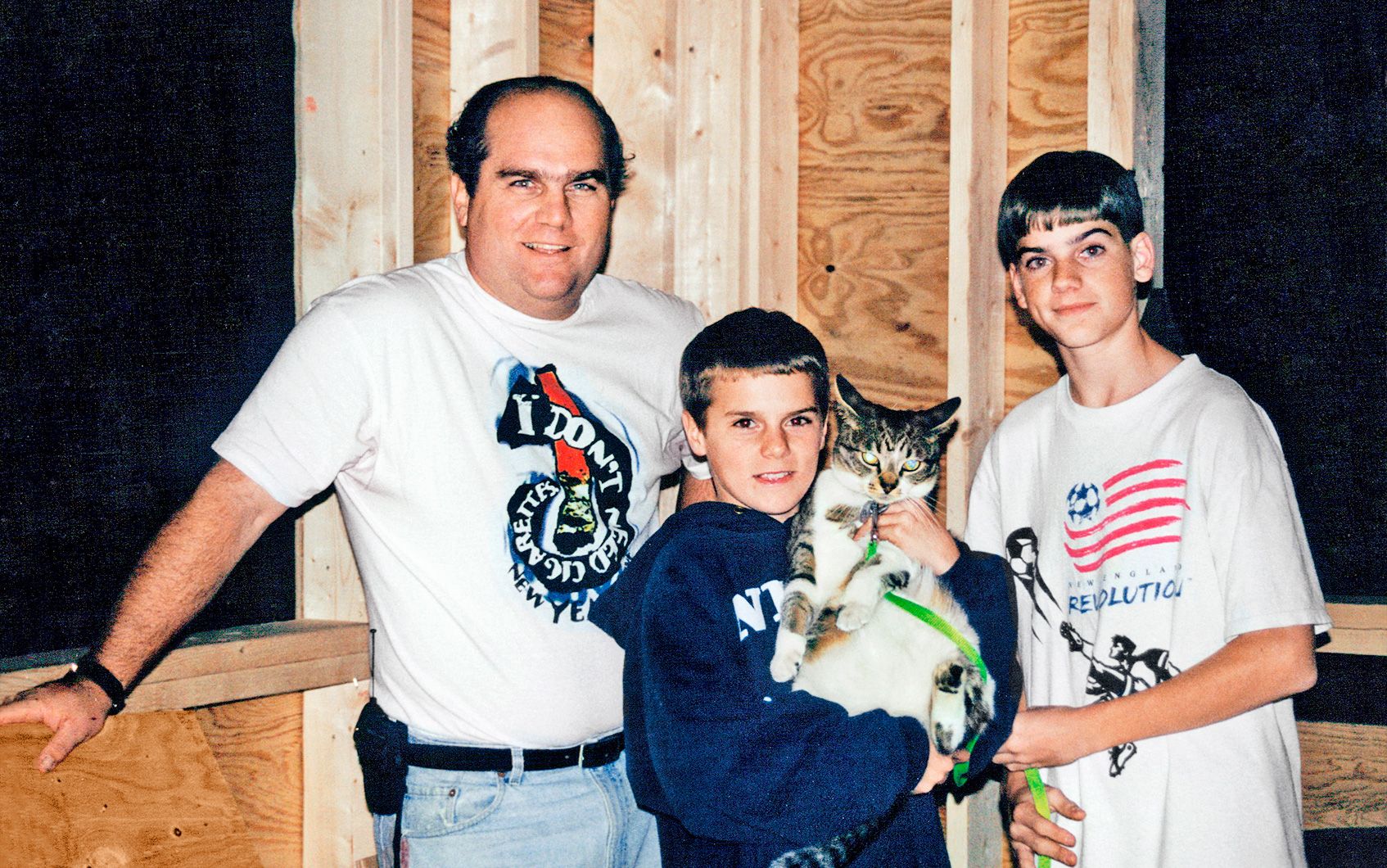
By Ross Trethewey
1995, Dedham, MA
The first year, I wanted to do it all on my own, and I finished in the bottom third. The second time around, I asked my dad for help, and of course he was all about it. I’m thinking we’ll use his power tools to get the block more crafted. Instead he goes, “Let’s put together some sketches, then call up Norm to see if we can get into New Yankee Workshop.” I was like, “Wow, you can do that?” He said, “We can do that.”
We literally had the workshop to ourselves. There were vacuum hoses hanging down, tools with lasers—I didn’t even know where to start. I just remember it was so clean. We used a planer to thin out the block and a lathe to get the rocket-ship nose. We chiseled the underside for the weights to reduce drag. The wheels come with nails, but we got rid of them and put in an actual axle. We sanded it and painted it red.
I remember my dad was always stressing safety. He’d always say, “Just think about when this piece of wood goes in the machine, what does it want to do?” That has always stuck with me.
We weighed the car at the shop and we were a little under 5 ounces—I think we played it a little safe. We ended up finishing second, but building the car with my dad is something I’ll never forget.
Shown: This Old House plumbing and heating expert Richard Trethewey, taking a break during a 1998 radiant heating project with his sons Evan (center) and Ross, and the family cat, Simon. “We have always built stuff together,” says Evan.
How to Work Together
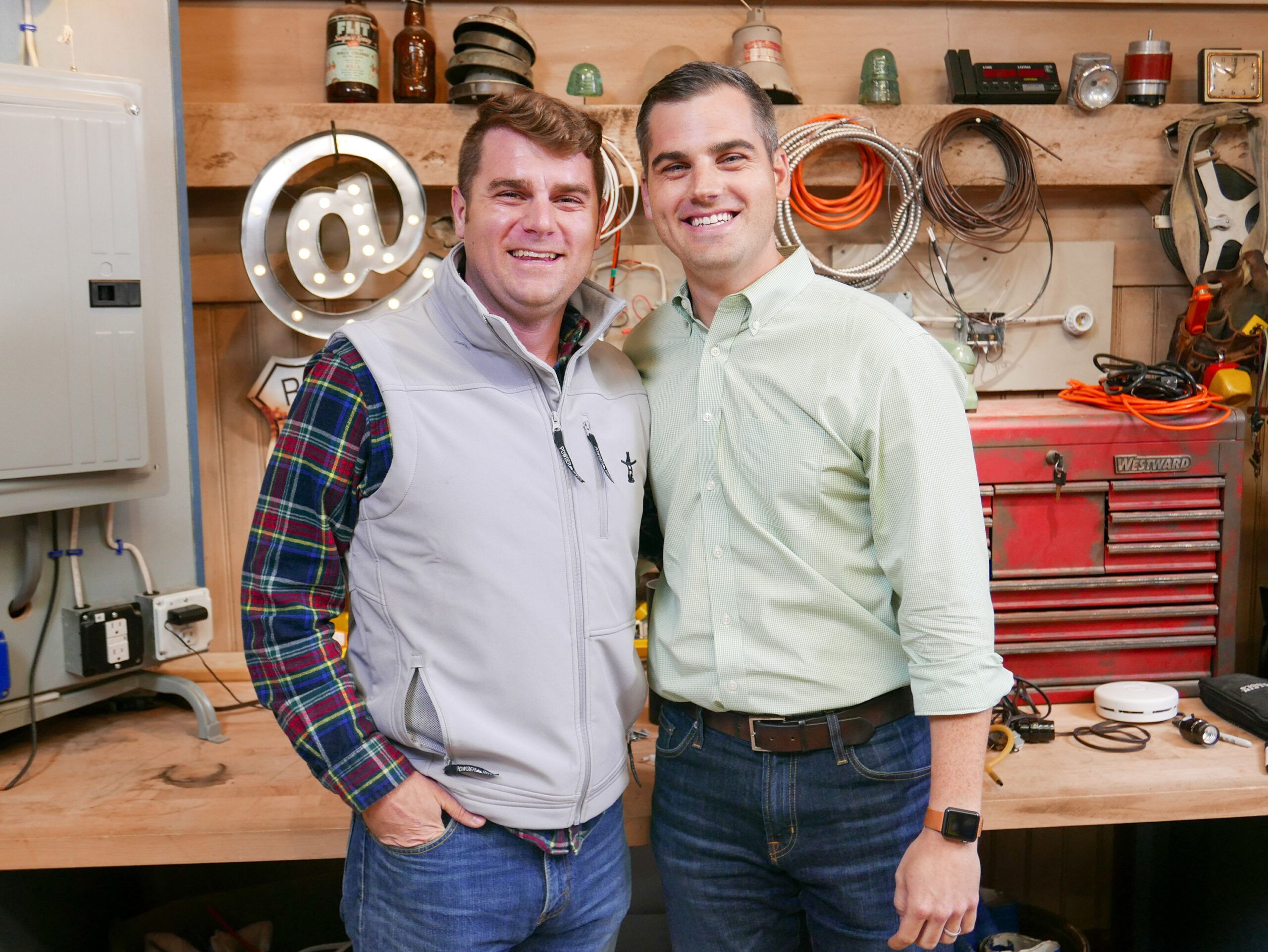
By Evan Trethewey
1996, Dedham, MA
I didn’t get the invite to the New Yankee Workshop, but my dad and I went out to the barn and we got the tools going. I remember we cut out the bottom with a chisel so that the weights fit right into the body. We made it aerodynamic with a sander and used a router to give it a spoiler. Then we went to the Oakdale School gym, where they set up the track from the stage.
This is one of the first things my dad and I did together that would have been considered a competition. Ross and I always felt like when we were doing something like that, because we had Dad, we were going to win. We came in second, but it was something we did together that built on the big picture of why we’re all three best friends.
Shown: Evan and Ross Trethewey on the set of Ask This Old House (where they regularly cover smart-home technology).
